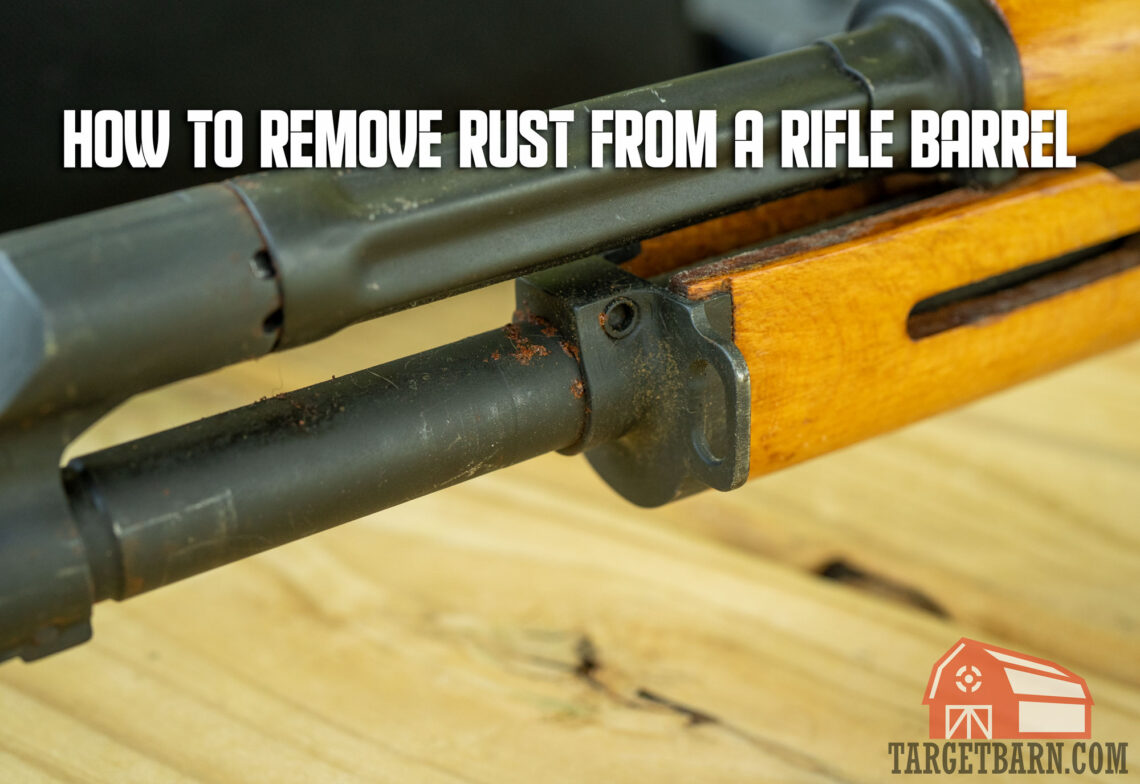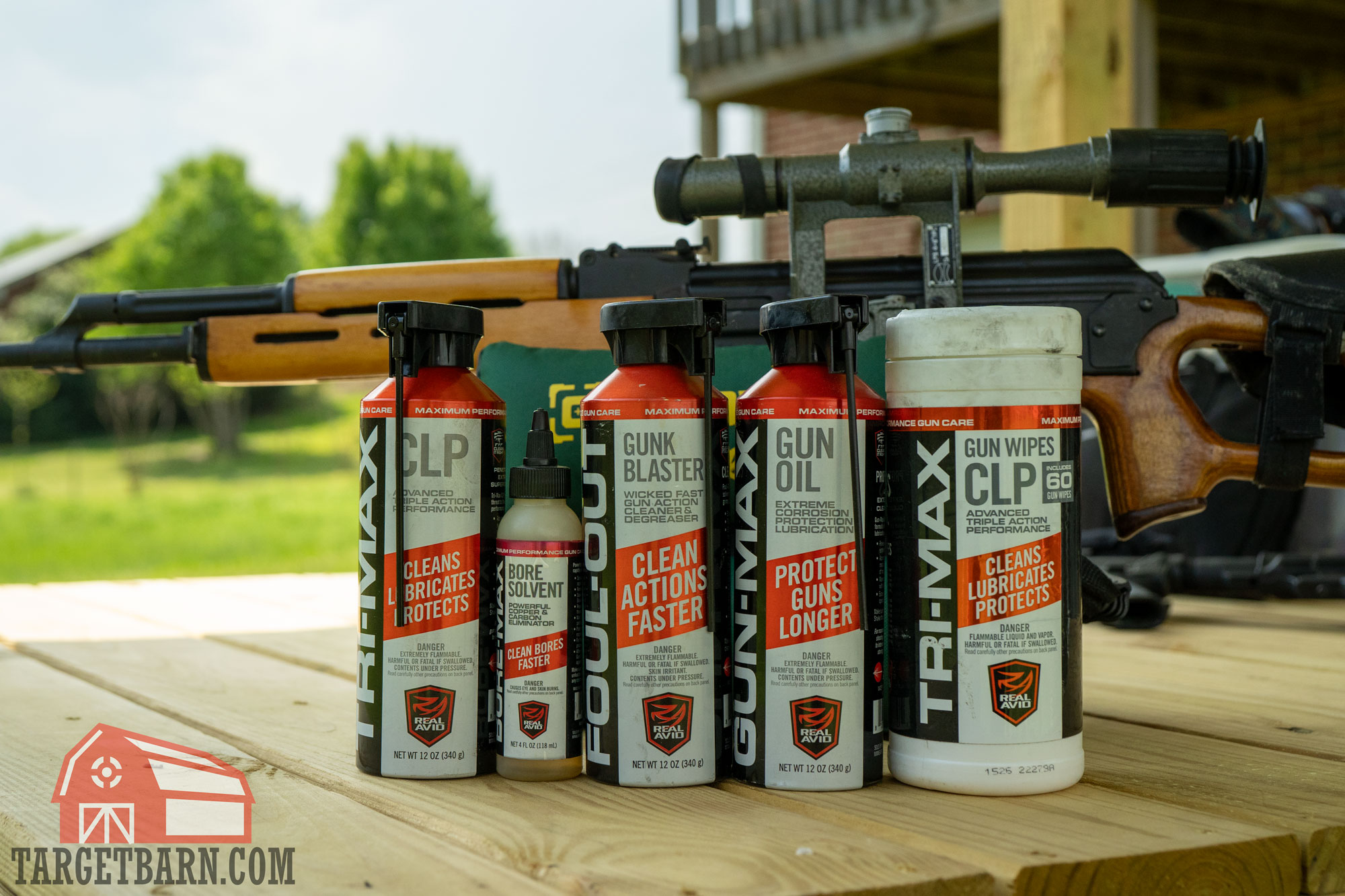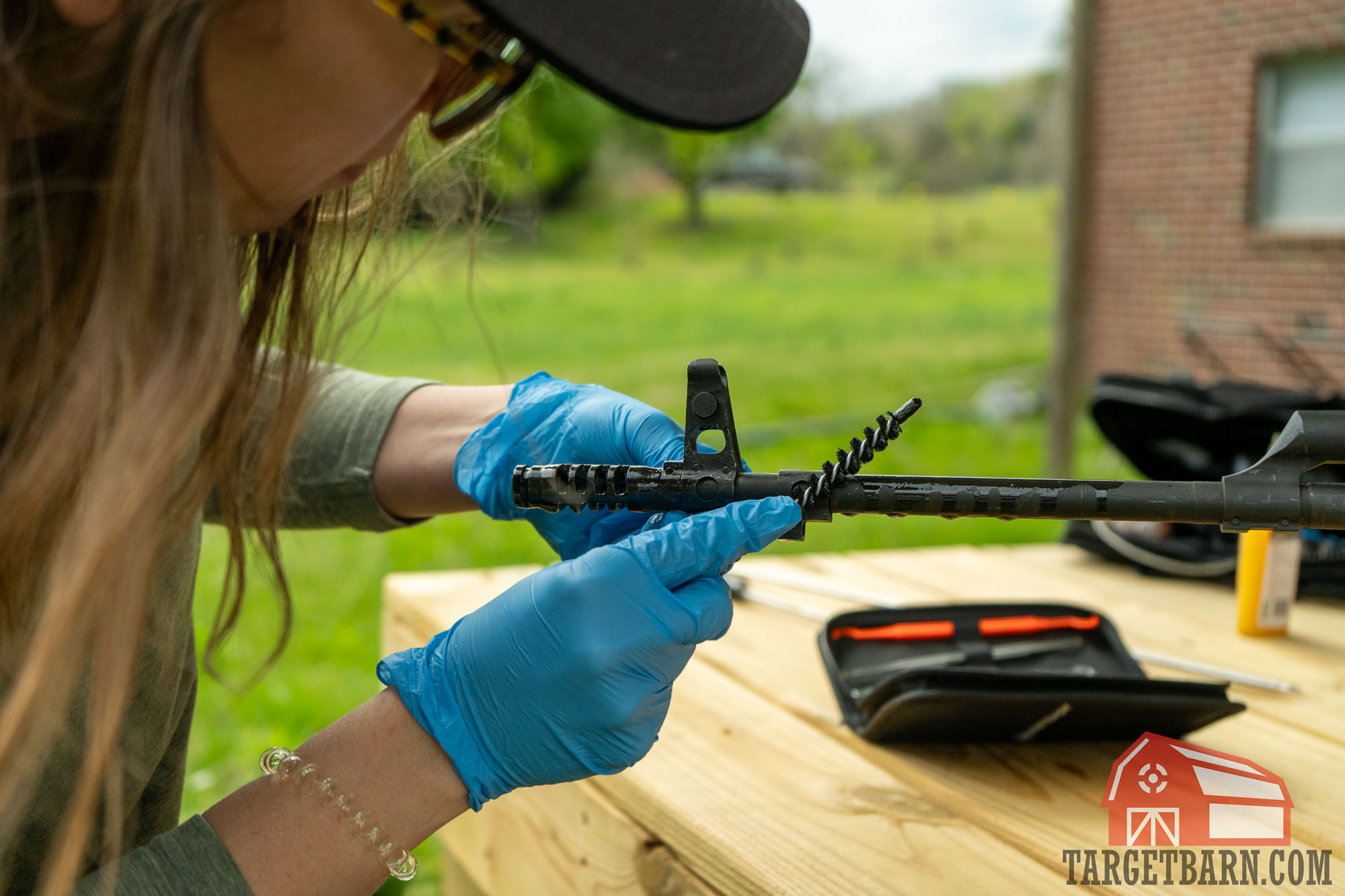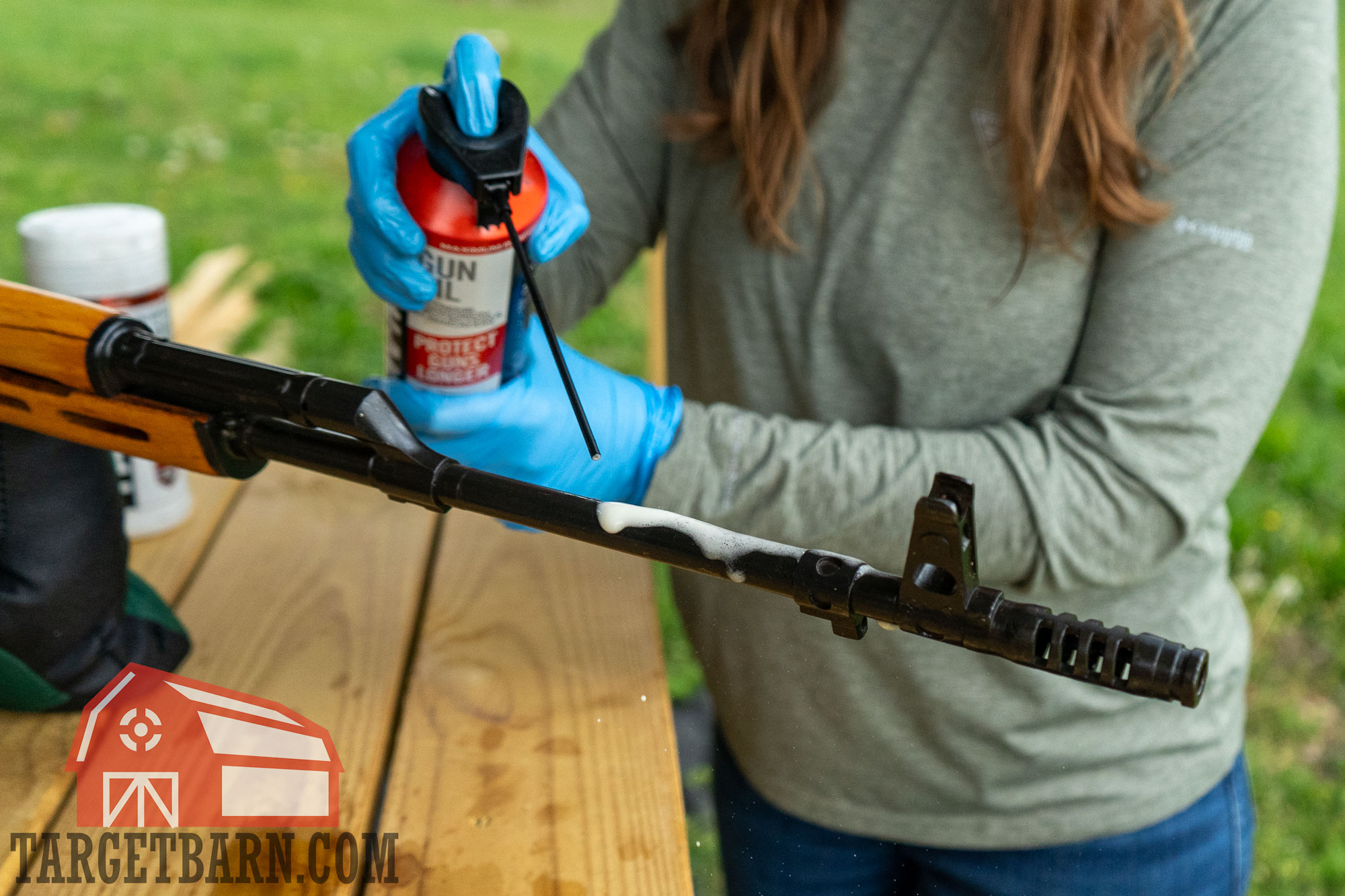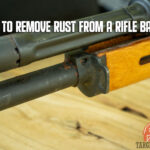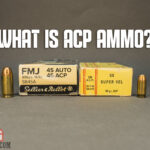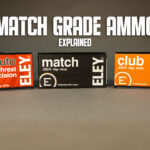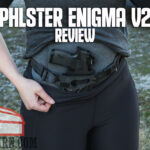Want to learn how to remove rust from a rifle barrel? You’ve come to the right place.
If you’ve opened your gun case or gun safe and found that rust has developed on your barrel, don’t feel alone. After moving my guns to a basement gun safe, I found that after a couple months, light rust had developed on some of them from the humidity. That’s why today we’re going through the steps of removing rust from your gun and looking at how to prevent rust in the first place!
This article contains affiliate links which means if you make a purchase, we may receive a small commission to help offset the cost of testing and reviews.
How to Remove Rust From A Rifle Barrel
Let’s take a look at a couple different methods of how to remove rust from a rifle barrel.
Please note, when you are cleaning guns, you should ensure that your gun is unloaded and no ammo is nearby. If possible, it’s good practice to only clean your gun in a room that has no ammo.
Removing Rust From Blued Guns
Gun blueing is an electrochemical process that creates a black oxide coating on steel that helps to provide corrosion resistance. The process turns the barrel a blue-black color. When removing surface rust from a blued gun, you have to be careful not to remove the blueing of the barrel.
To do this, you should start by coating it with a gun oil, like Hoppe’s No. 9 or Real Avid Gun Oil. After letting it soak for a few minutes, you can then take a copper brillo pad or #0000 steel wool and gently scrub the barrel.
You should avoid using sandpaper or Scotch Brite to scrub as it will scratch up your barrel and even completely take the finish down to white metal if you scrub long enough.
Removing Surface Rust From an Old Gun
Now, I’ll walk you through the steps of removing rust from an old PSL rifle that I neglected. This rifle barrel is not blued and is not free of scratches and imperfections. My goal is to get it in running condition, not to baby it.
Gently Scrub with CLP
First, I hit the barrel with some Real Avid CLP. CLP stands for Cleaner, Lubricant, Protectant and is used to break down the rust and carbon build up.
With the CLP on, I got to scrubbing with a nylon brush which lifted most of the rust off of the barrel. For rust spots that didn’t want to come up with the brush, I used a pick to scrape it away. This could potentially scratch the barrel if not done carefully, but was necessary to get those pesky spots cleaned.
I didn’t here, but you can also use a copper solvent like Real Avid Bore-Max to break down copper fouling. If you see blue buildup, especially on a muzzle device, it’s likely from copper oxidizing from the coating on FMJ bullets.
Apply Acetone “Gunk Blaster”
After scrubbing with the CLP, I sprayed the barrel with Real Avid Gunk Blaster. This acetone cleaner and degreaser immediately dries up all the build up that we just scrubbed off. Be careful when using an acetone cleaner as it can cause discoloration in certain materials like wood.
Apply & Scrub with Bore Solvent
I then applied Real Avid’s Bore Solvent which also helps to break down rust and carbon build up, along with copper fouling. I again scrubbed any spots that had rust leftover.
Apply Gun Oil
Finally, it’s time to oil up the barrel. I used Real Avid’s Gun Oil along with their CLP Cleaning Wipes for ease of use. I lightly coated the barrel, prepping it to go back into my gun safe.
Preventing Rust on Your Firearms
It’s better to be proactive about rust rather than having to remove it from your guns. If you live in a humid area, use a gun safe dehumidifier or keep a dehumidifier running where you store your guns.
Also, don’t store your gun in its case if the gun is slightly damp. For example, if you come in from shooting on a cold day, the humidity inside may cause it to condense on the gun metal. Putting that gun into a gun case is a sure way to get a little surface rust on your gun.

